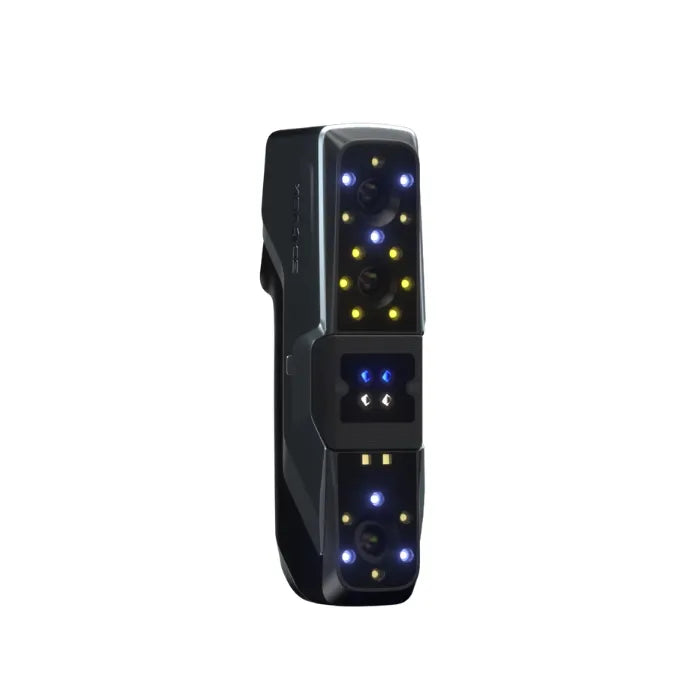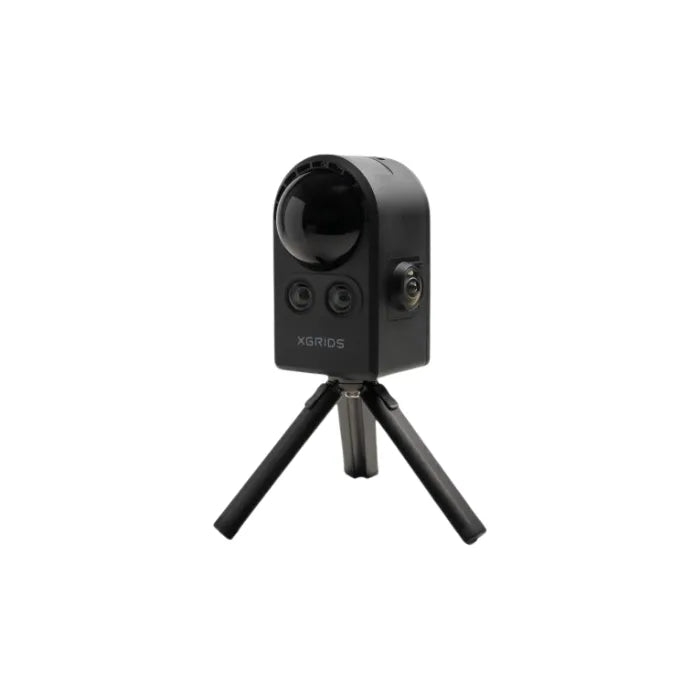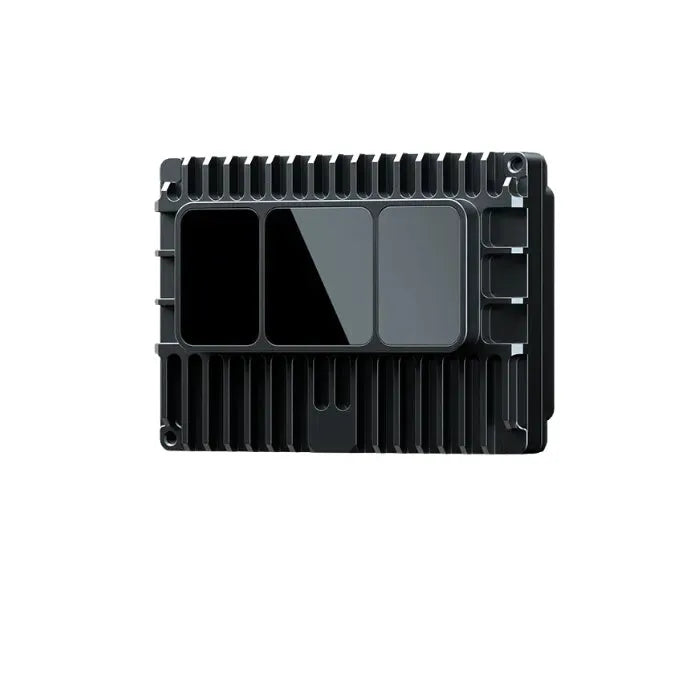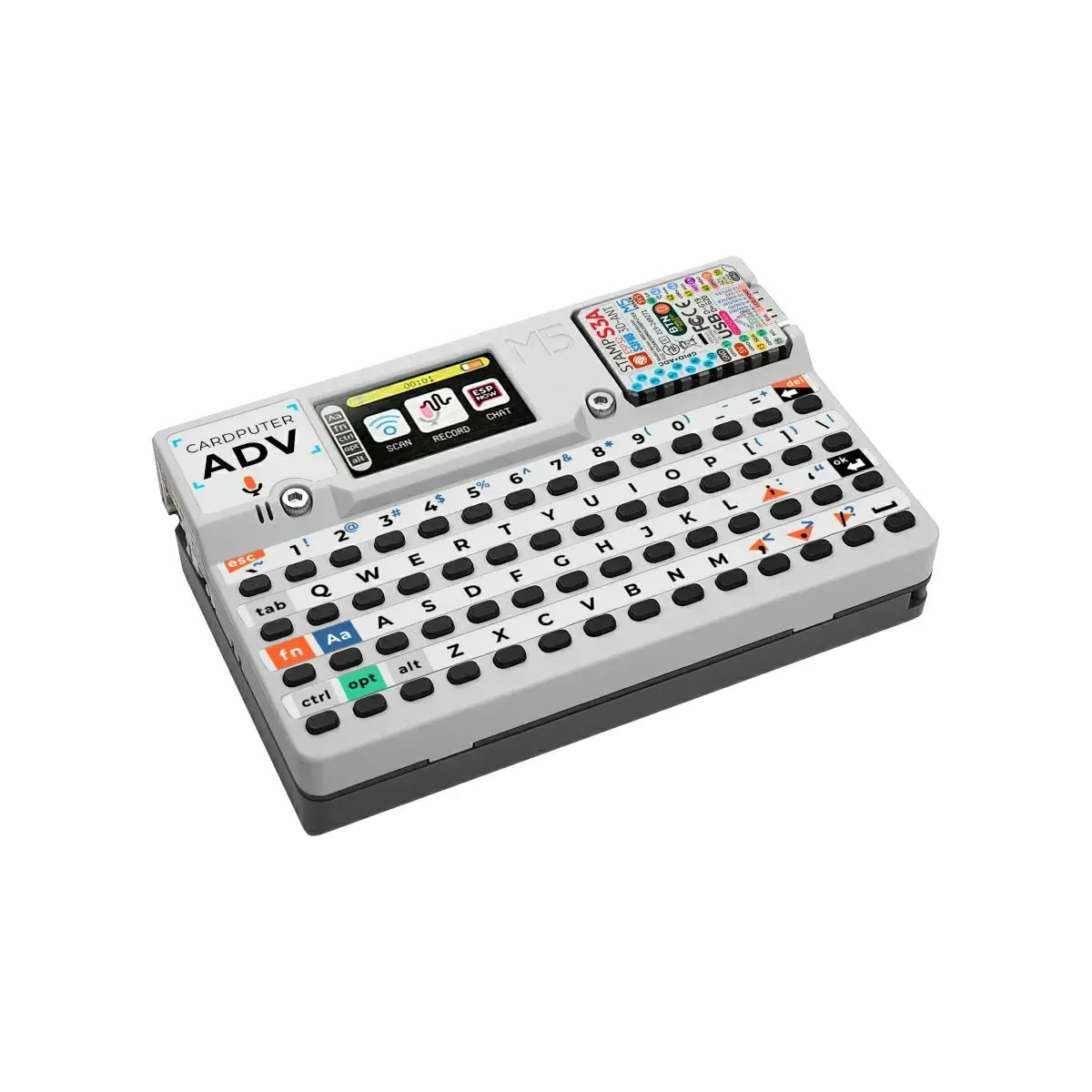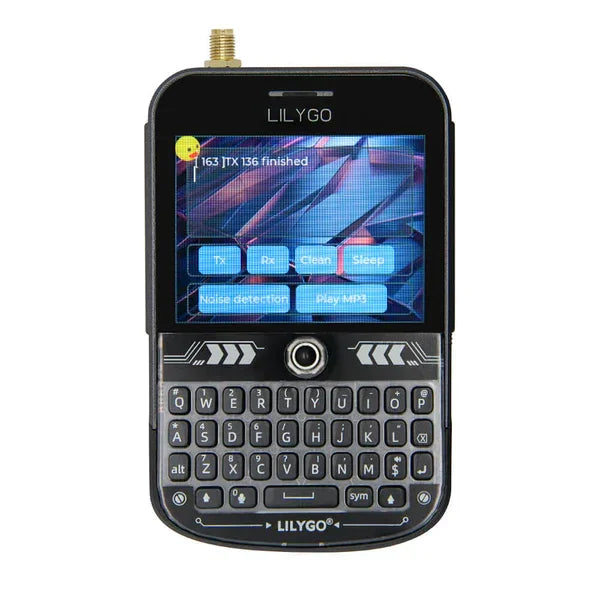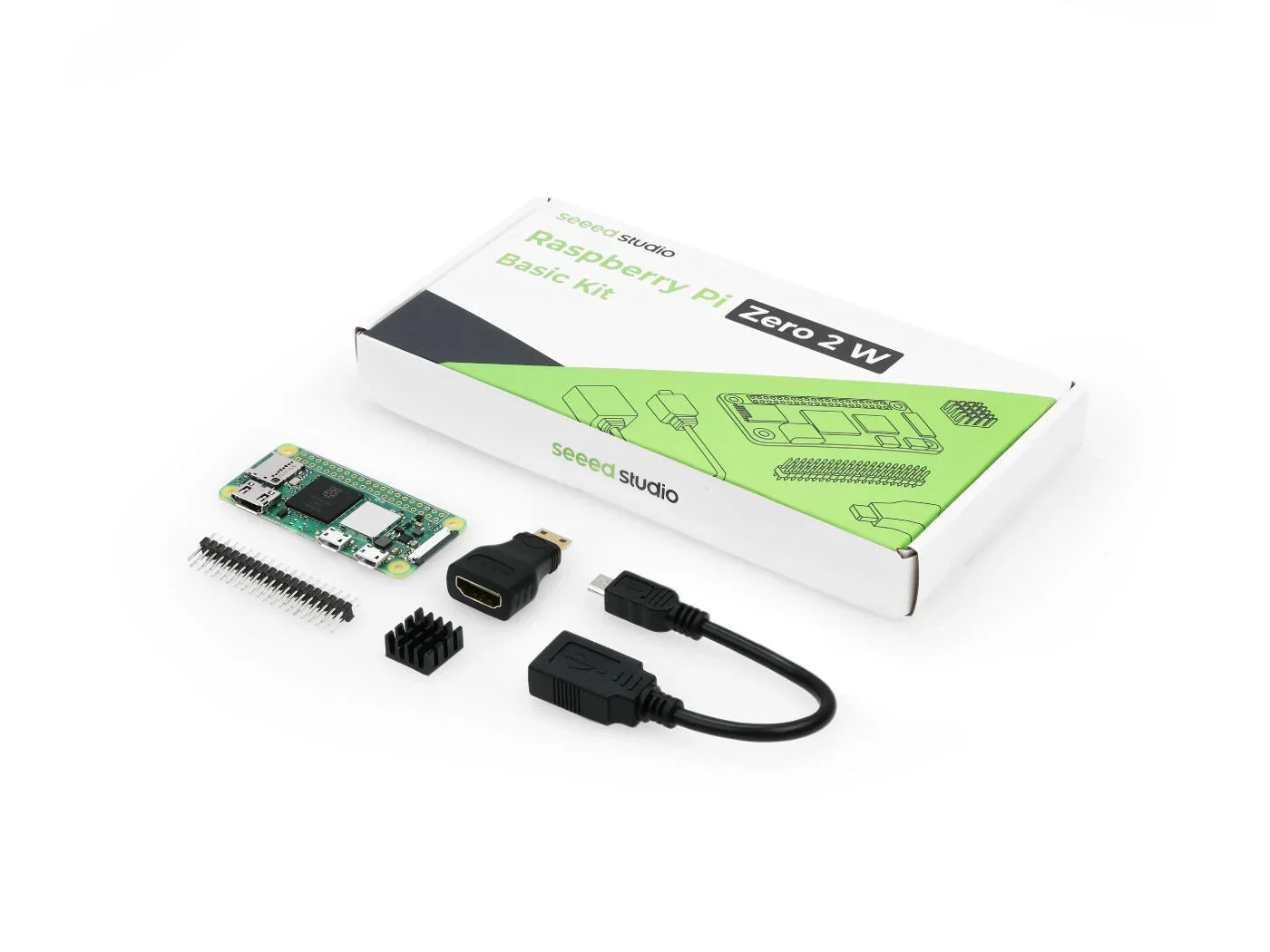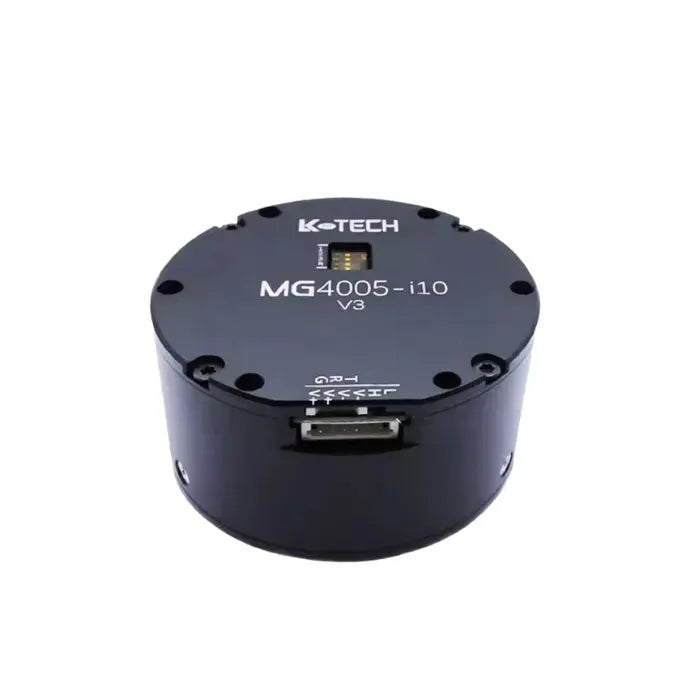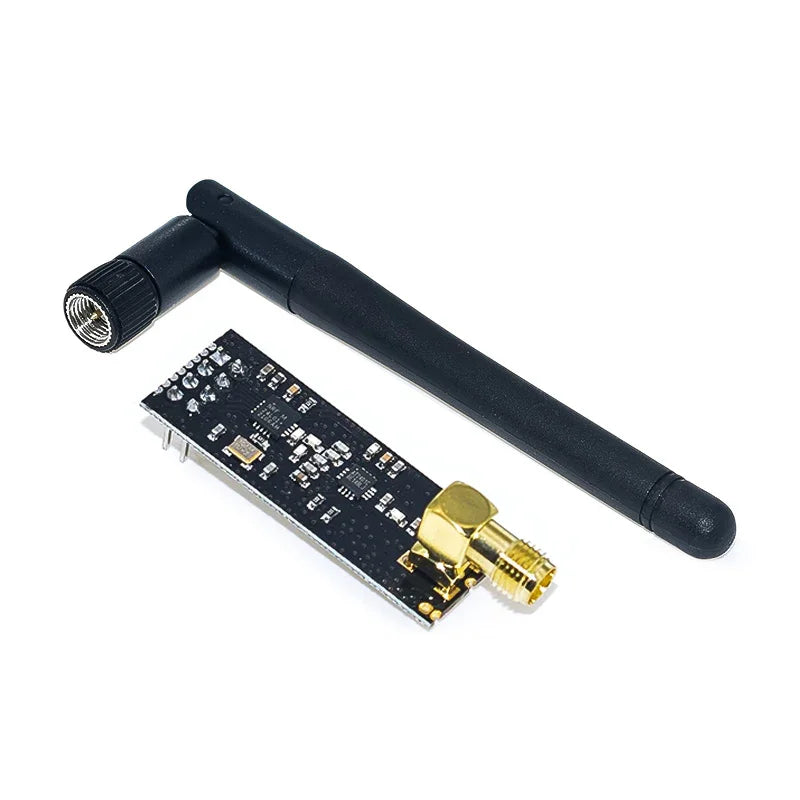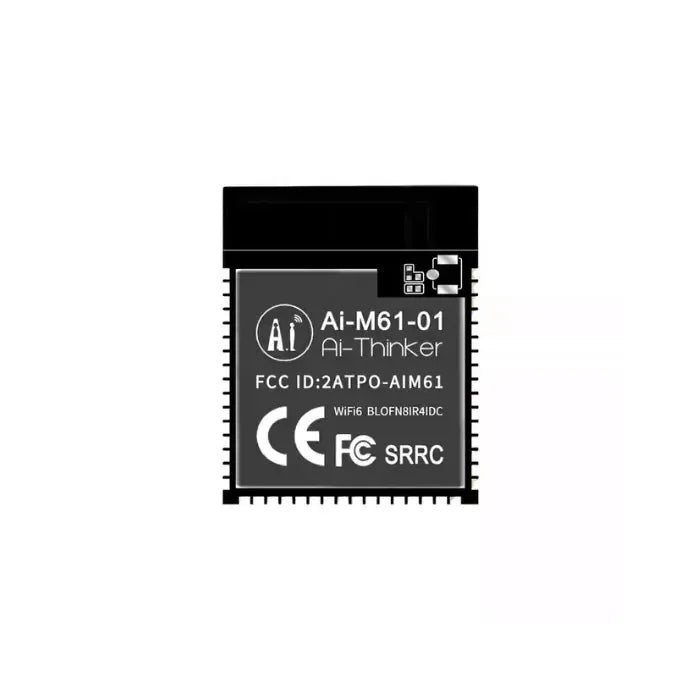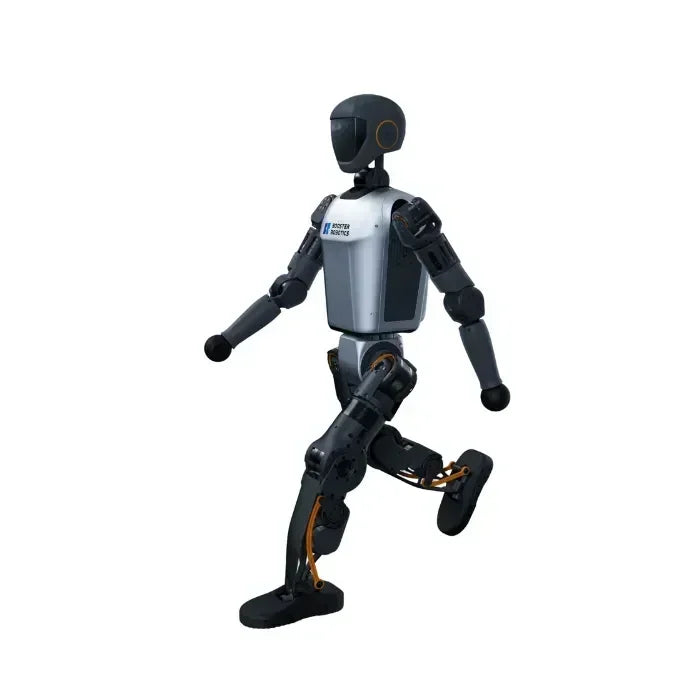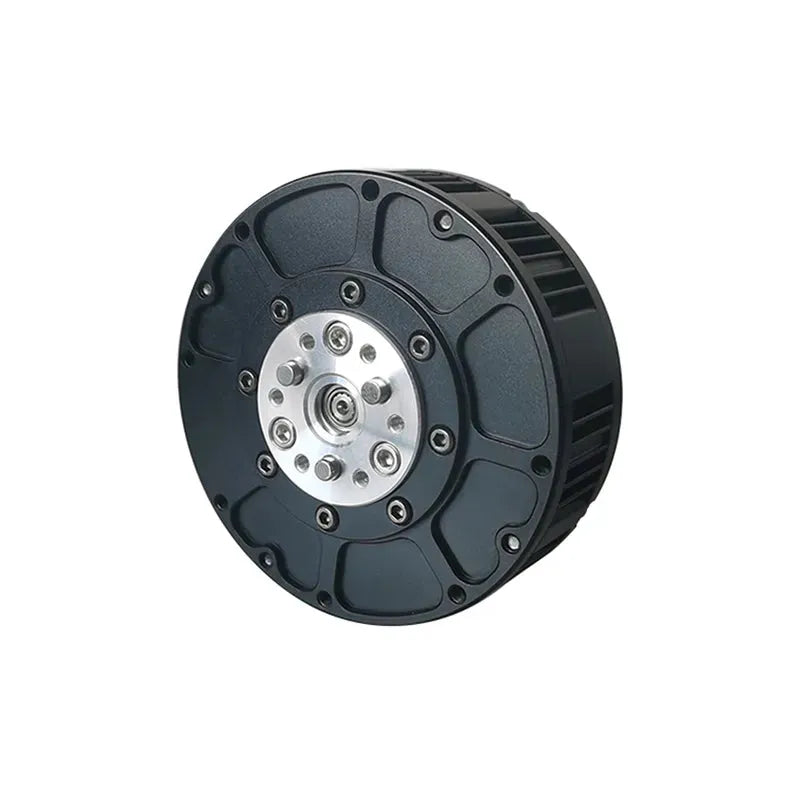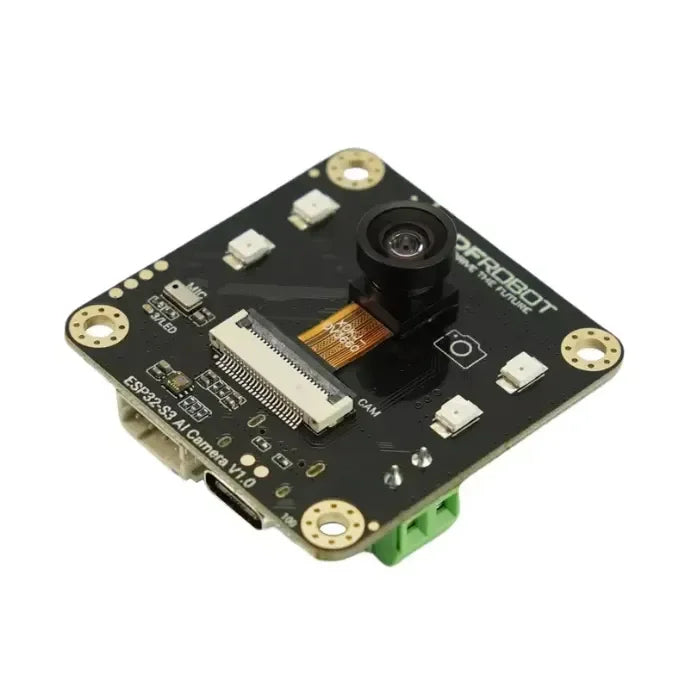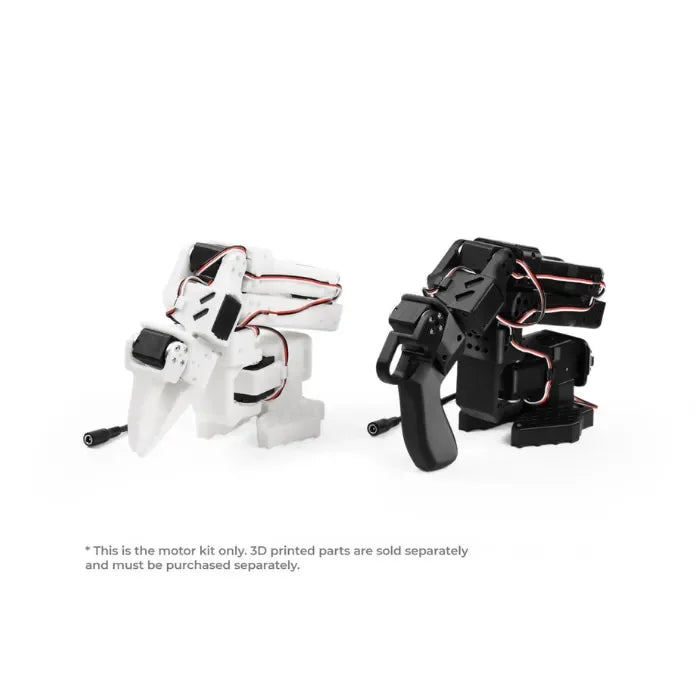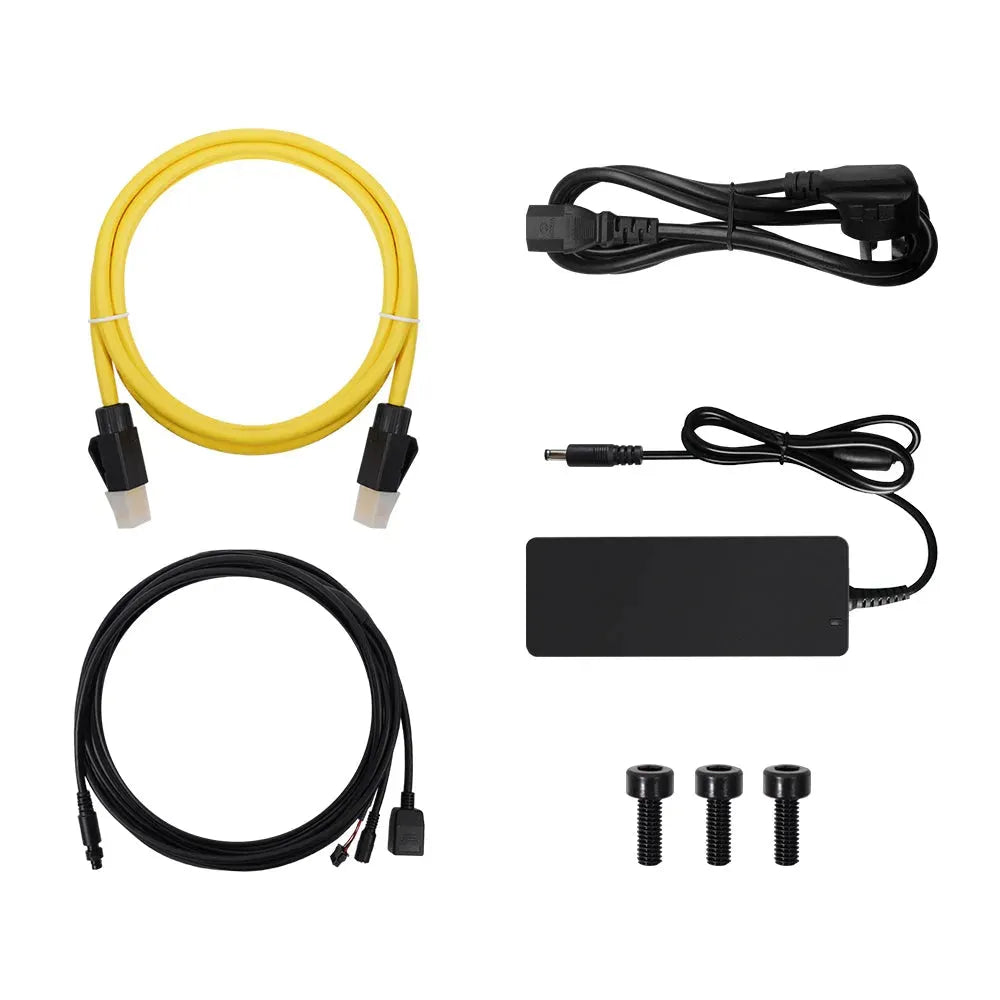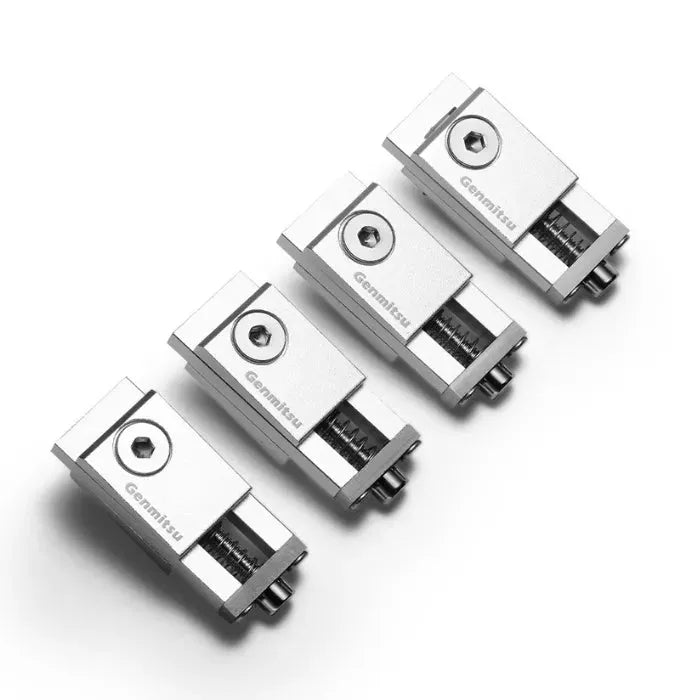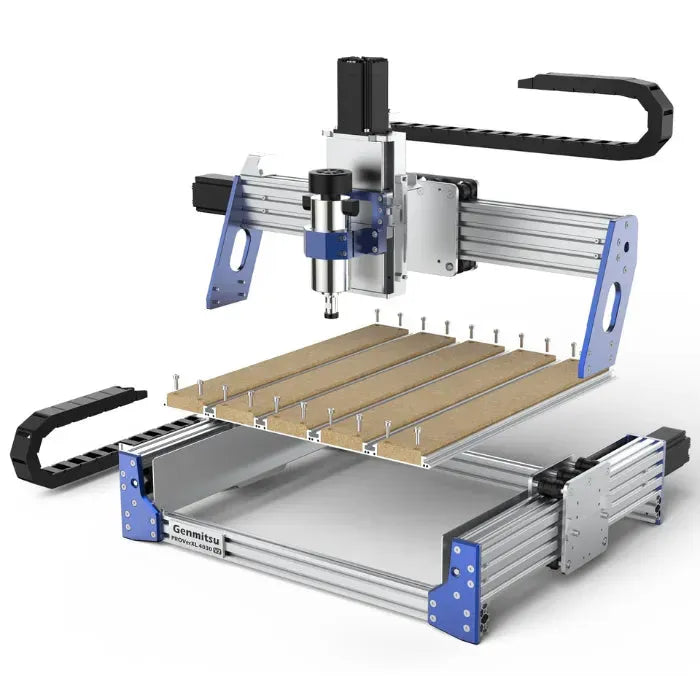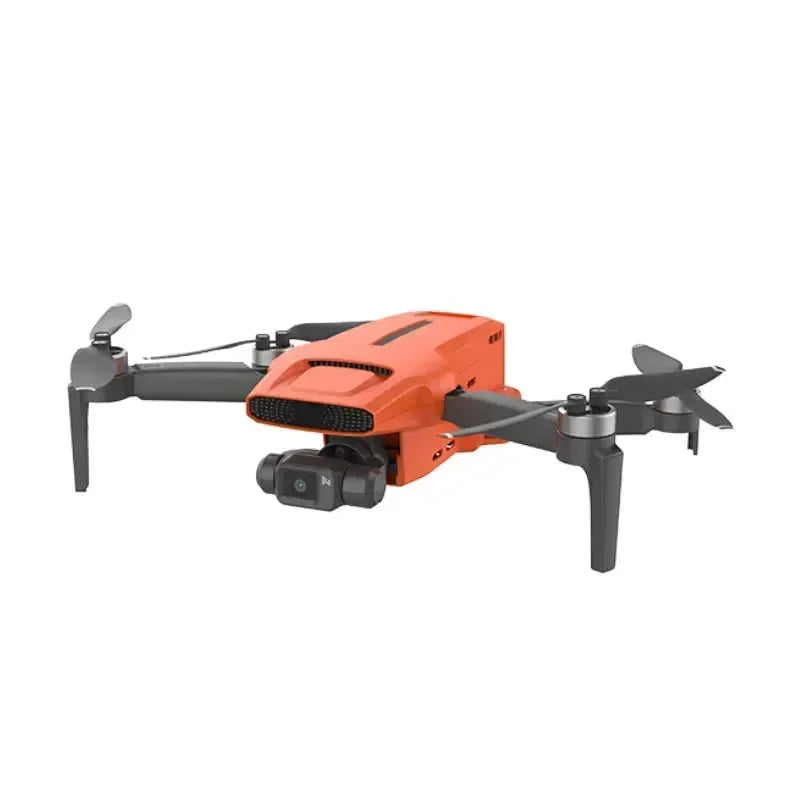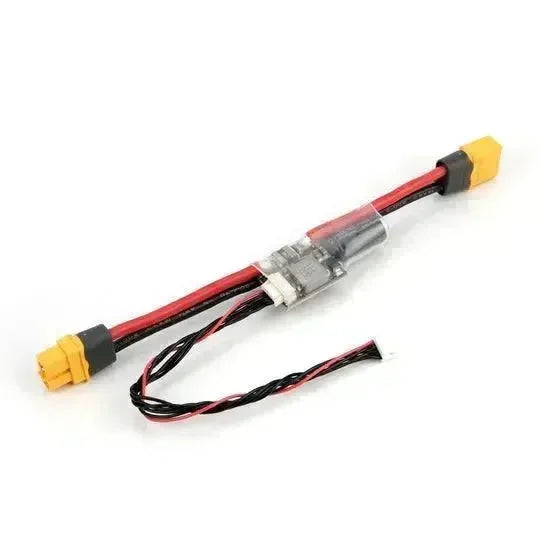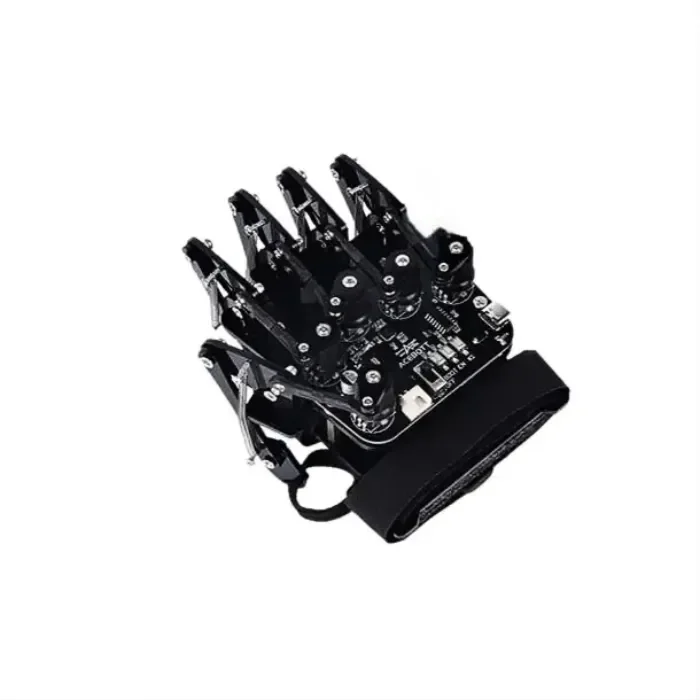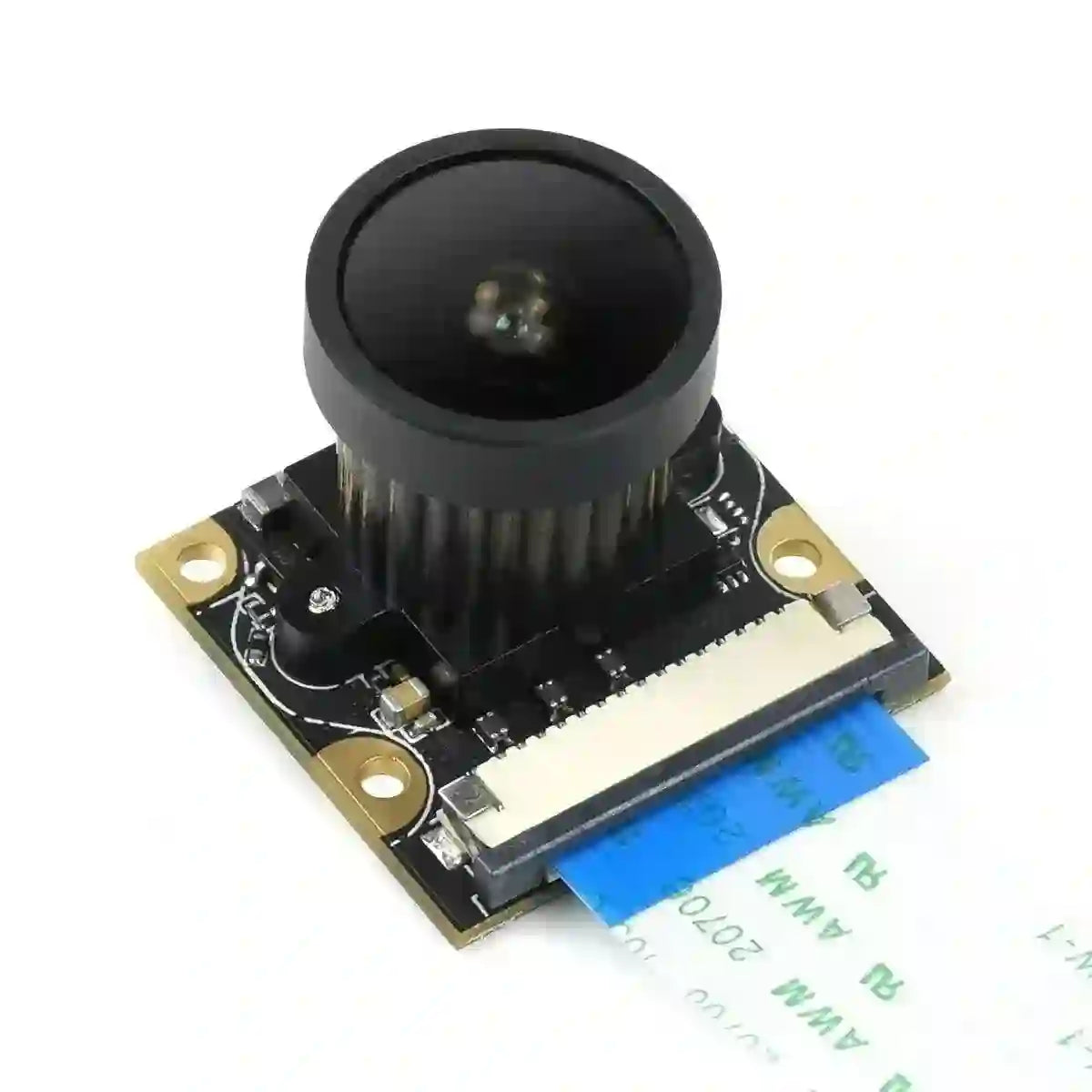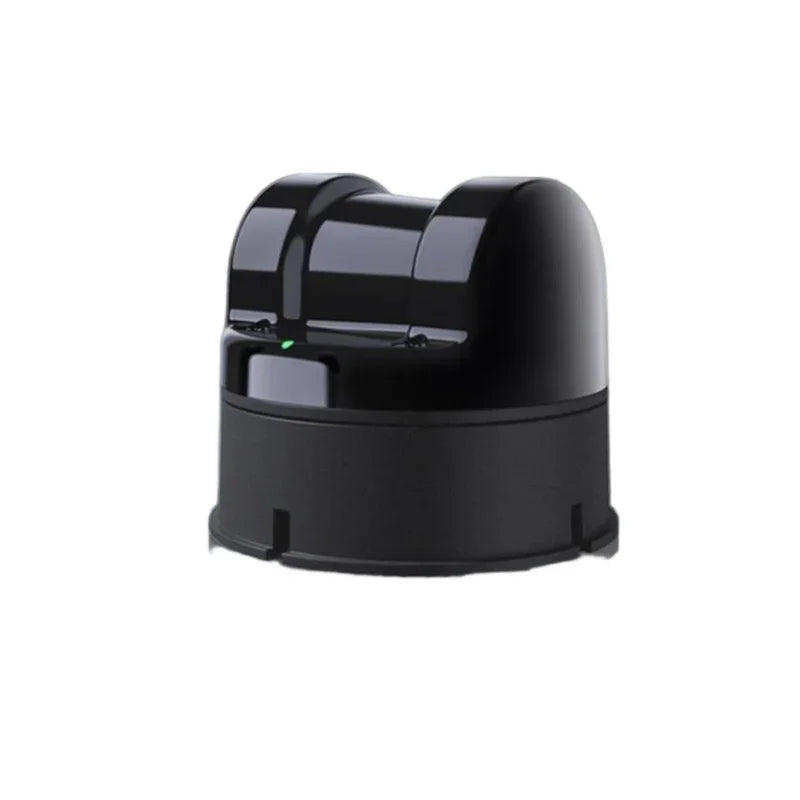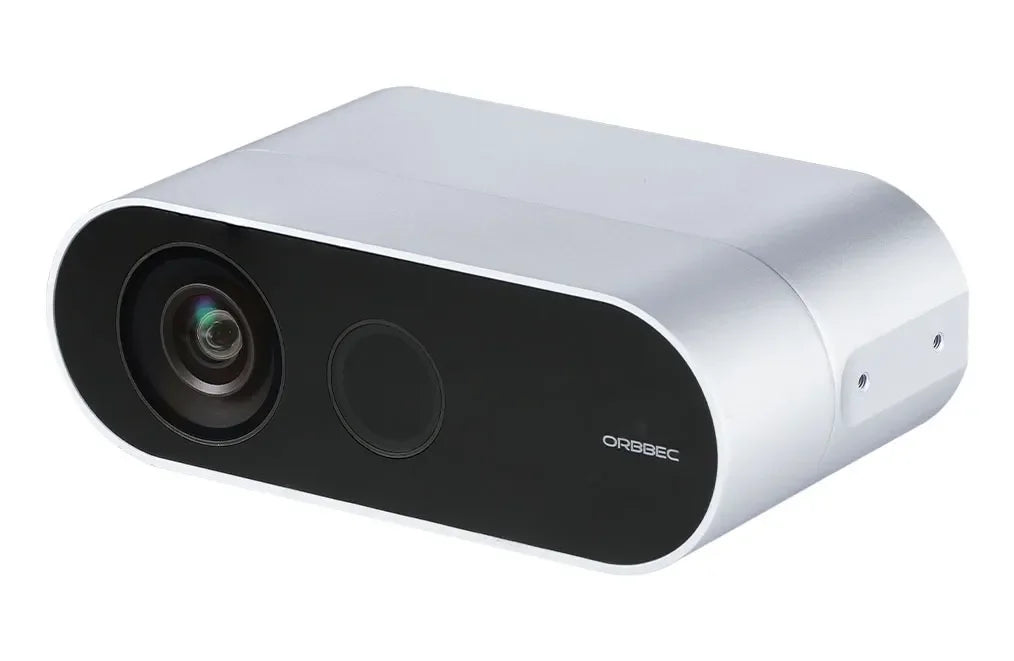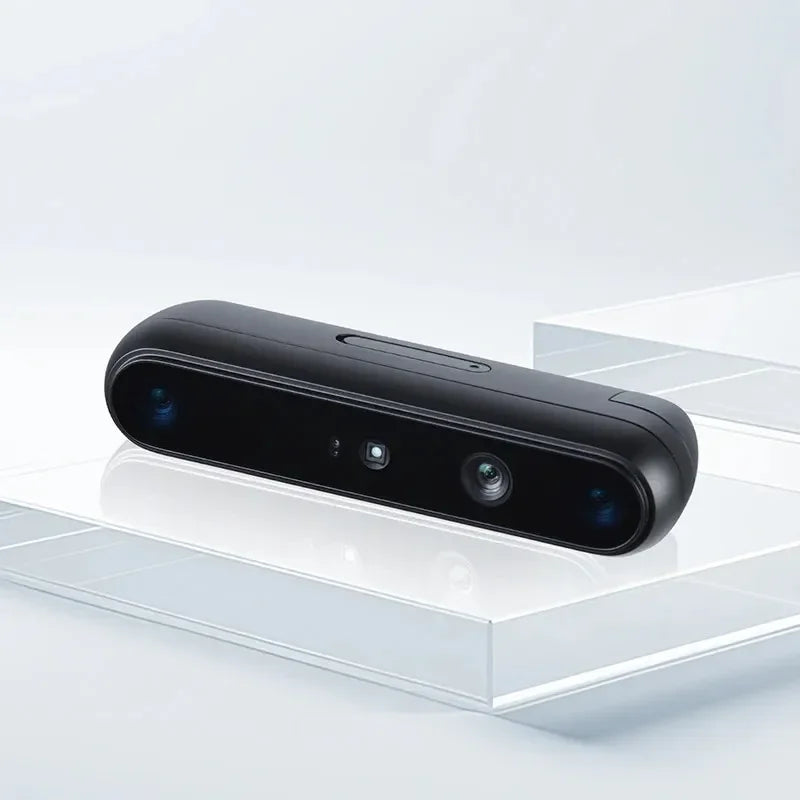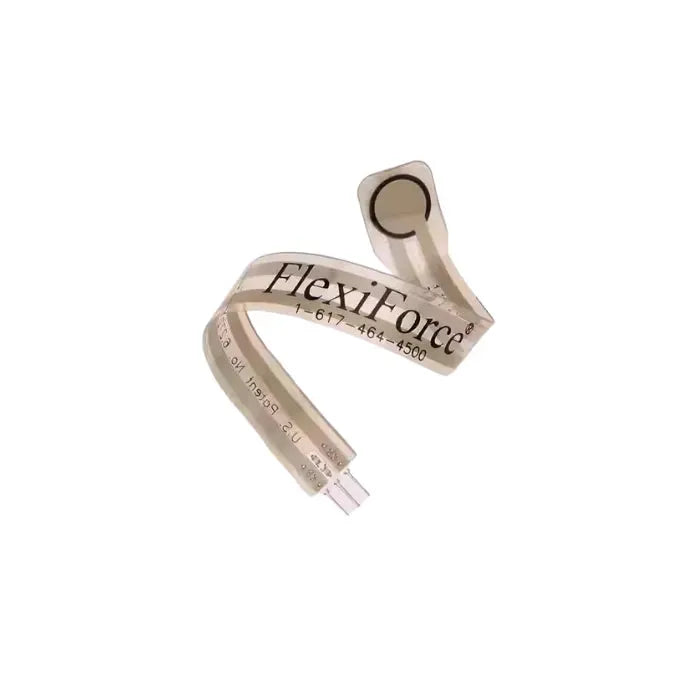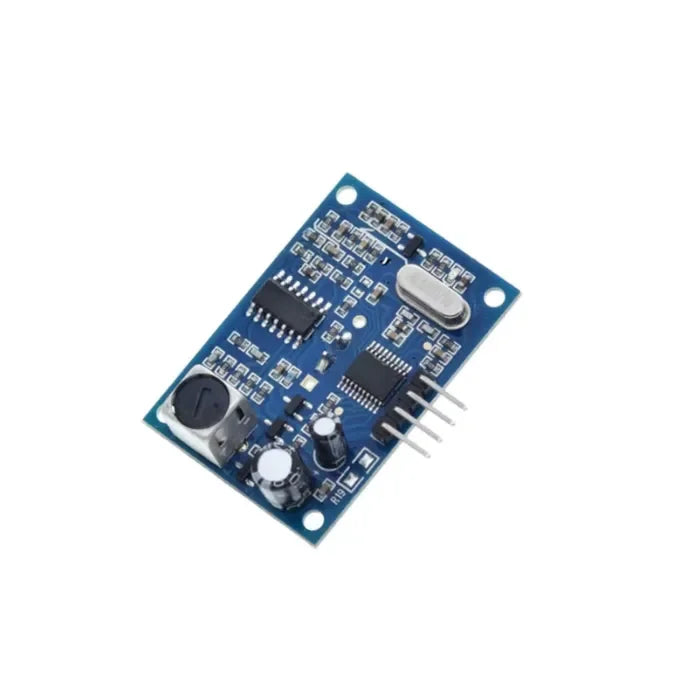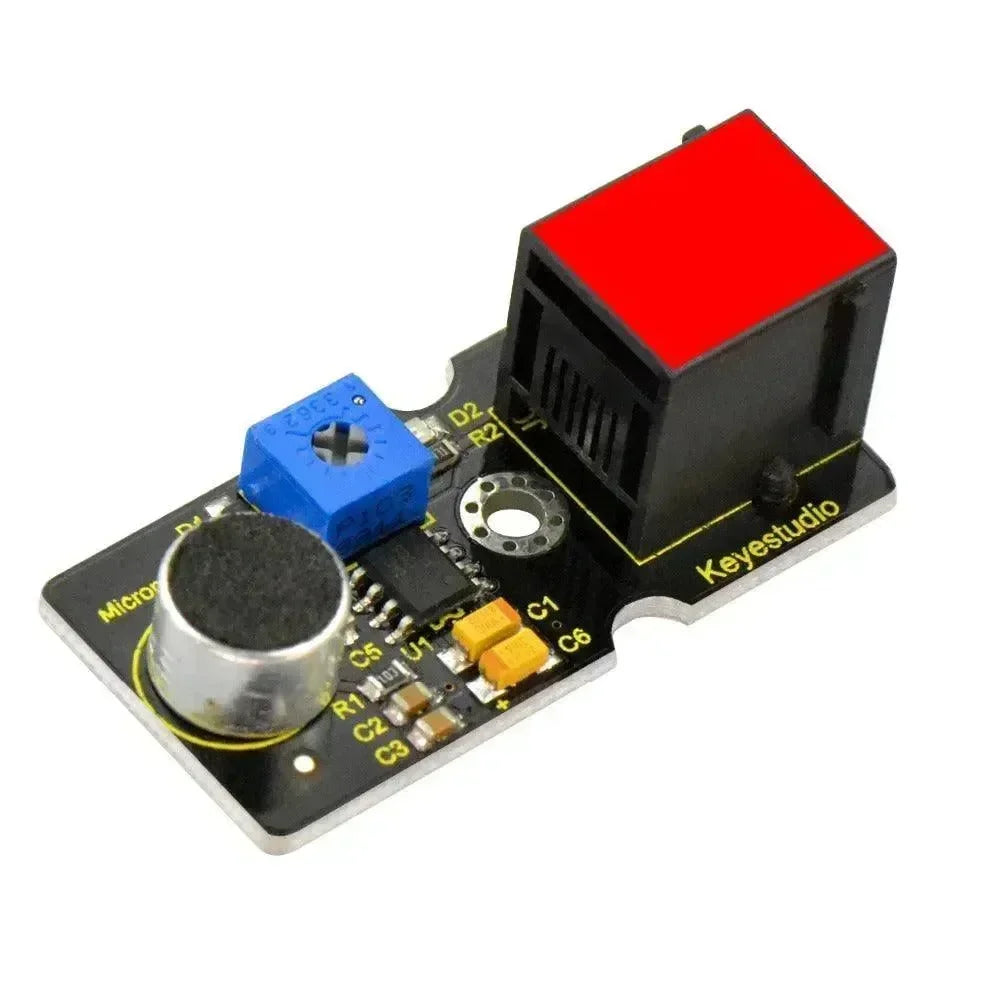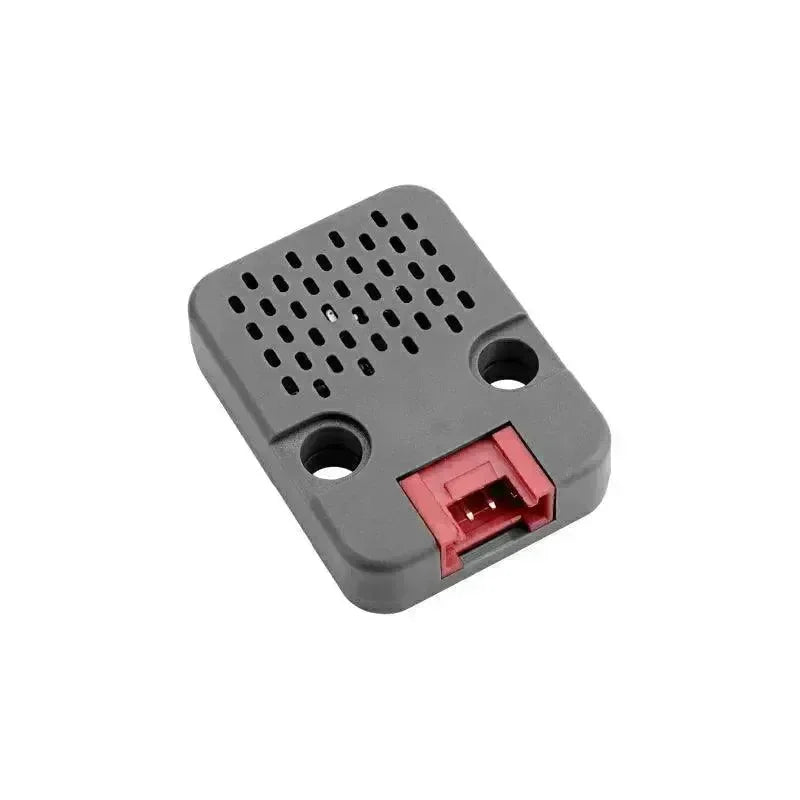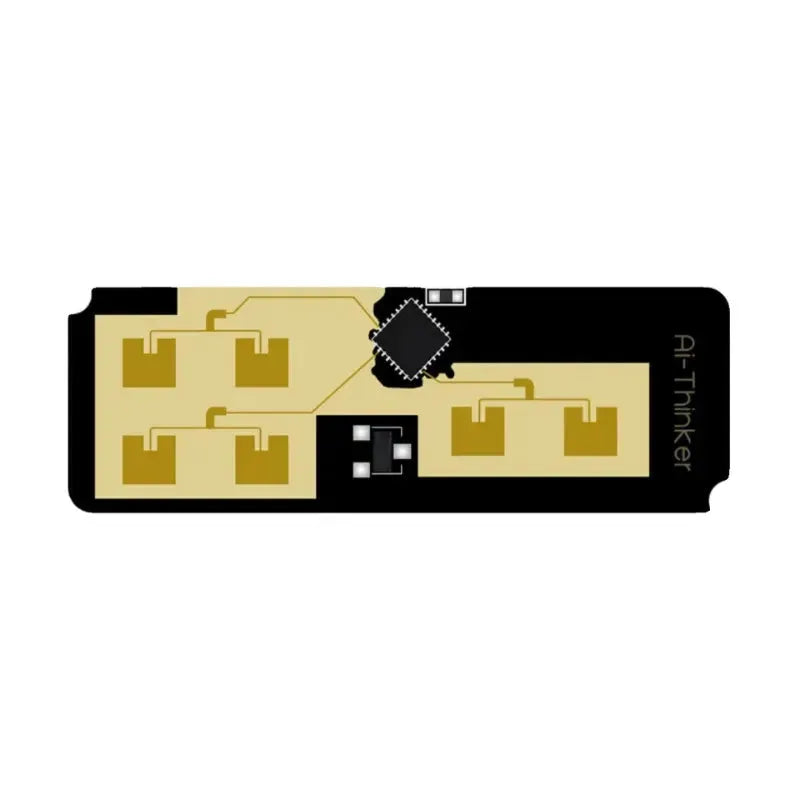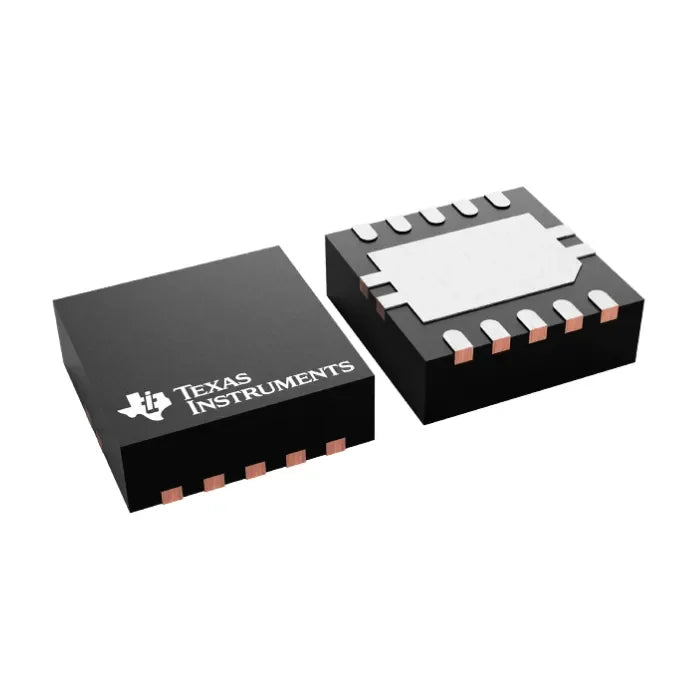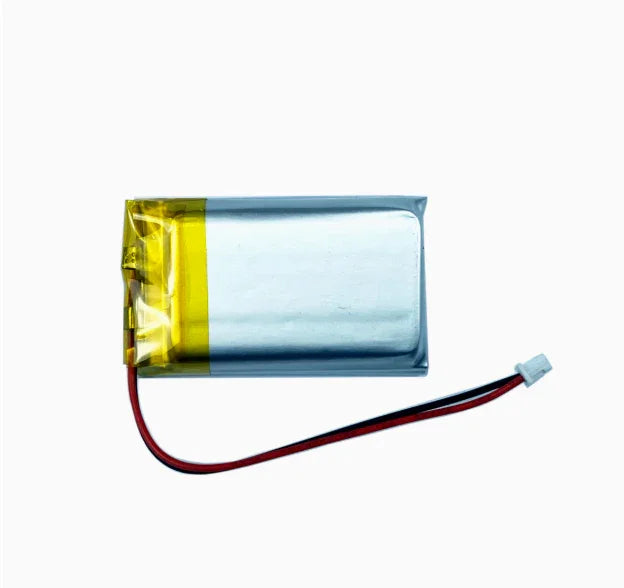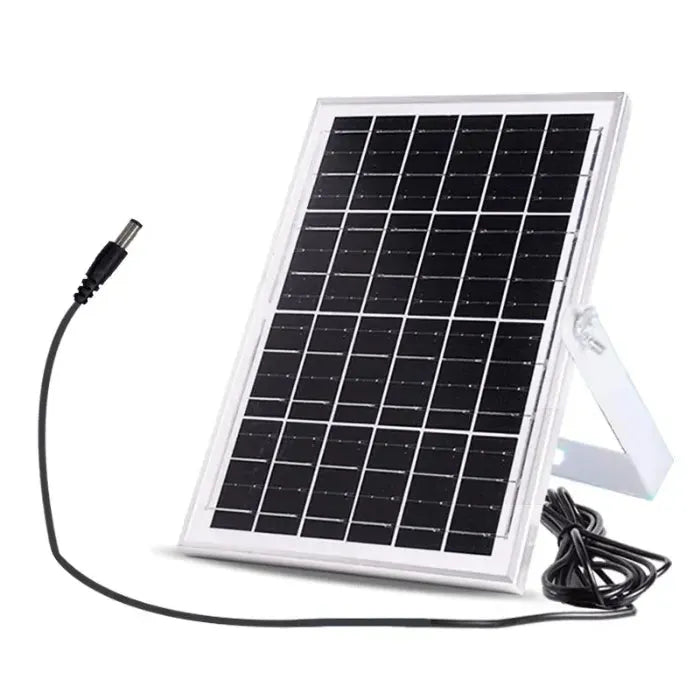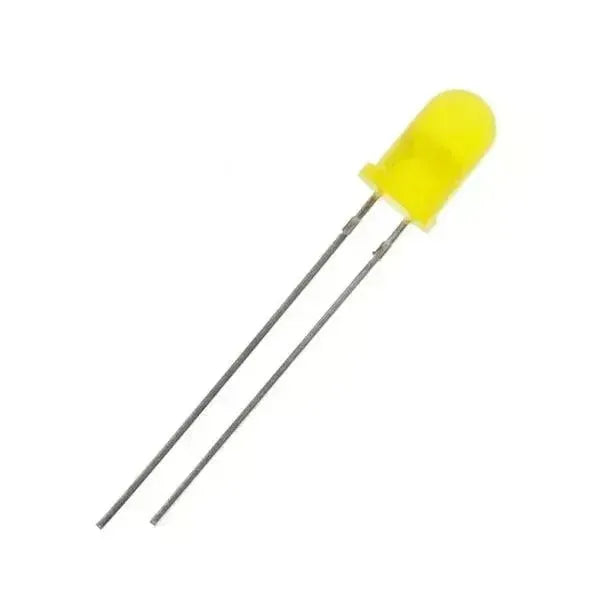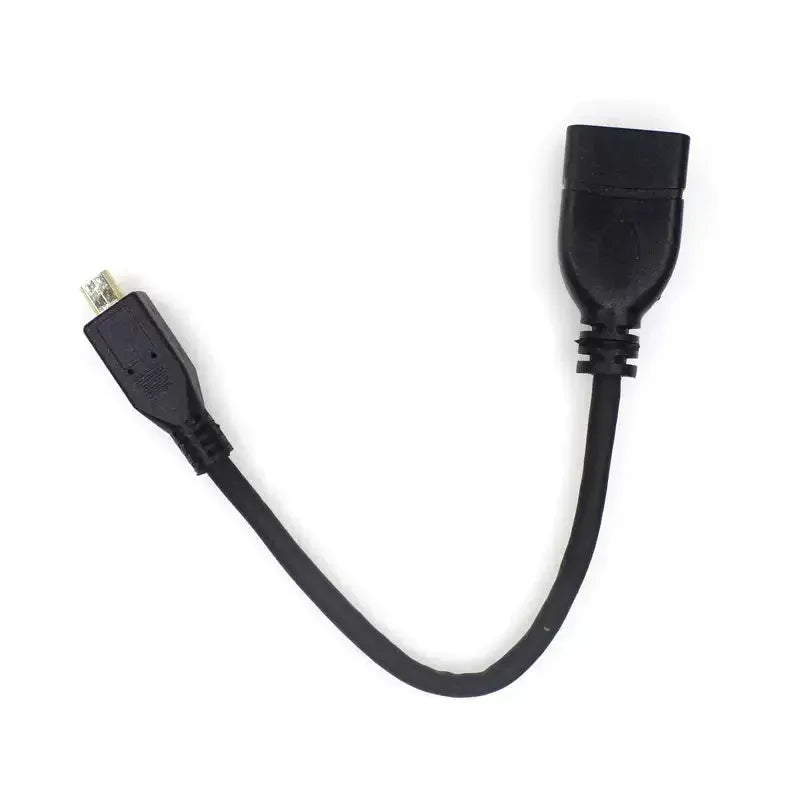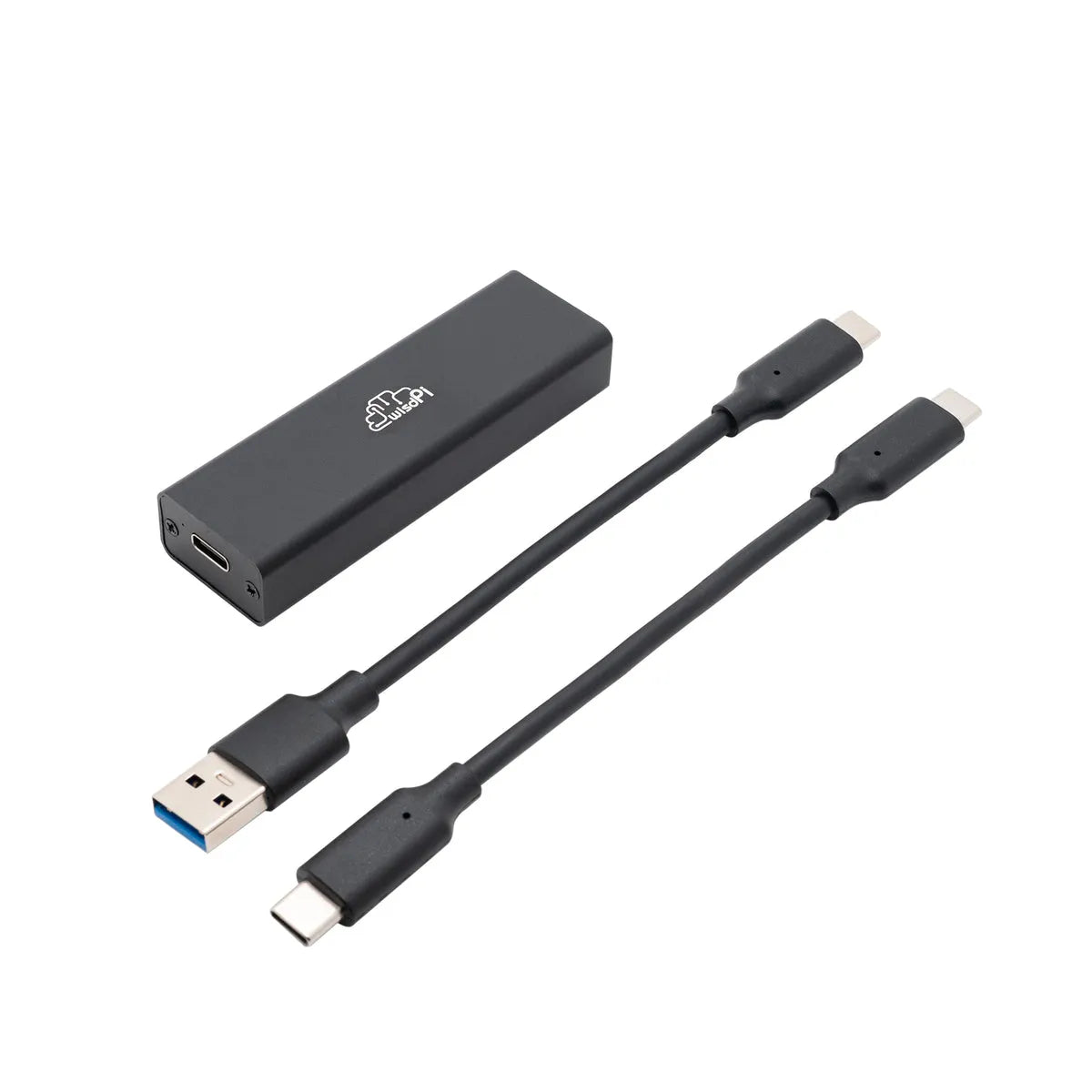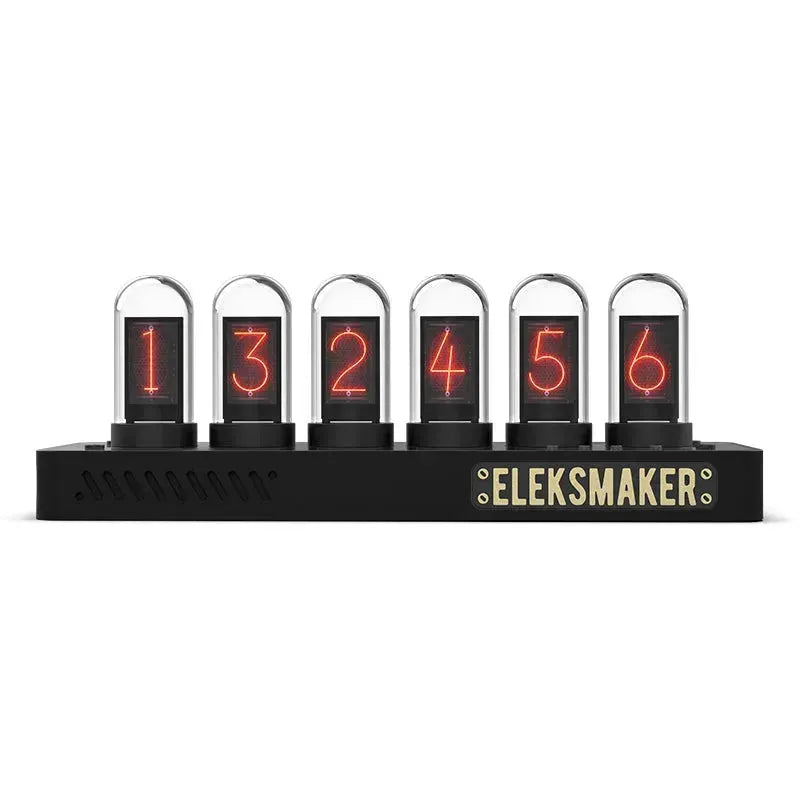⚙️ Setting up your Meshtastic network requires careful consideration of each device's Role, as this is crucial for optimizing performance 📈 and ensuring reliable communication 📡 across the Meshtastic mesh. Choosing the correct Meshtastic Role—whether it's Client 👤, Client Mute 🤫, Router and Repeater 🔄, Sensor 🌡️, or Tracker 📍—can significantly enhance network efficiency. On the other hand, assigning the wrong Role may lead to congestion 🚦, dropped messages ✉️❌, and poor overall performance.
👤 Client
In a Meshtastic network, the default and most widely used device role is the Client role. This configuration is versatile 🔧 and suitable for most use cases, making it the go-to choice ✅ for general-purpose deployments.
Meshtastic Clients actively repeat and route messages 🔄, contributing to mesh propagation 🕸️ and network stability 📡. Unless the device is intended as a dedicated Router 🏗️, the Client role remains optimal for balanced performance ⚖️.
Choosing the correct Client role ensures your device participates fully in the mesh 🌐, without the limitations of specialized roles like Router, Sensor, or Tracker.
🤫 Client Mute
The CLIENT_MUTE role is similar to Client but with one key distinction: Client Mute devices do not repeat or route messages 🚫. This makes it ideal for high-traffic environments 📊 where excessive forwarding could cause congestion.
By assigning Client Mute, the device only handles its own transmissions ✉️, reducing unnecessary traffic and keeping airtime cleaner 🧹.
It’s especially useful in multi-device setups 🔧, where one node acts as a full Client and others as Client Mute to minimize redundant propagation 🔄.
In summary, Client Mute is a lightweight ⚡ and efficient option for optimizing mesh performance in dense deployments 🏙️.
🔄 Router and Repeater
❓ What are Router and Repeater?
In a Meshtastic network, the Router role is designed for devices whose primary task is to route messages 📡 between other nodes. A Router acts as a strategic relay point 🏔️, ideal for stationary devices placed in key locations to maximize coverage 🌐.
Routers always rebroadcast messages 🔁, ensuring consistent delivery even in sparse or obstructed environments 🏙️.
The Repeater role is similar but even more focused: Repeaters disable outbound traffic 🚫 and only relay incoming packets 📦, making them ideal for pure relay applications with minimal airtime usage ⏳.
👉 Use Router for intelligent rebroadcasting with telemetry support 📊, and Repeater for silent, low-bandwidth relays 🤫 that extend coverage.
📍 What constitutes a strategic location?
Strategic placement is key 🔑. Instead of just putting a device on a tall building 🏢, consider elevated terrain ⛰️ or mountain peaks 🏔️ for long-range line-of-sight communication 👀. Proper placement ensures broader coverage 🌐, reduced packet loss 📉, and a more stable mesh 🕸️.
⚠️ Consequences of Incorrectly Assigning Router and Repeater Roles
📡 Increased Rate of Packet Collisions
Too many Routers/Repeaters close together ➡️ simultaneous rebroadcasts 🔁 ➡️ collisions 💥 ➡️ unreliable communication ❌.
📉 Decreased Overall Range
Poorly placed Routers (e.g., in valleys 🌄) can consume hops prematurely ⏳, reducing effective range 📡.
🔄 Asymmetrical Links
Improper placement may cause one-way communication 🔀, exhausting hops and congesting the network 🚦.
🌡️ Sensor
The SENSOR role is designed for devices that gather and transmit sensor data 📊. These nodes collect telemetry such as temperature 🌡️, humidity 💧, air quality 🌬️, or motion 🚶, and broadcast it reliably across the mesh 🕸️.
Ideal for environmental monitoring 🌱, weather stations ☁️, agriculture 🌾, or any scenario needing continuous data reporting 📈.
With power.is_power_saving enabled ⚡, Sensor nodes can sleep 😴 between transmissions, extending battery life 🔋—perfect for remote or solar-powered ☀️ deployments.
✅ In summary, the Sensor role is a powerful option for telemetry-driven use cases, balancing data delivery 📡, mesh participation 🔗, and long-term runtime ⏳.
📍 Tracker
The TRACKER role in a Meshtastic network is specifically designed for devices whose primary function is location tracking 🗺️. A Meshtastic Tracker is ideal for monitoring assets 📦, vehicles 🚗, or individuals 🚶 in real time ⏱️. Devices configured with the Tracker role periodically transmit their GPS coordinates 📍 using Position packets, which are prioritized 🔑 within the mesh to ensure reliable delivery.
Trackers participate in routing 🔄 but their main responsibility is consistent location broadcasting 📡. This makes them essential for outdoor activities 🏞️, fleet management 🚚, search-and-rescue 🆘, and scenarios requiring precise positioning 🎯.
With power.is_power_saving enabled ⚡, Tracker devices can sleep 😴 between transmissions, extending battery life 🔋. This is perfect for mobile or remote deployments 🌍 where long-term operation is required.
✅ In summary, the Tracker role balances mesh participation 🔗 with efficient GPS reporting 📍 and extended runtime ⏳.
📝 Conclusion
Selecting the appropriate Meshtastic device role is critical ⚠️ for ensuring optimal performance 📈, coverage 🌐, and reliability 🔒 of your Meshtastic network. Each role—Client 👤, Client Mute 🤫, Router 🔄, Repeater 📡, Sensor 🌡️, or Tracker 📍—serves a unique purpose.
By understanding the distinctions 🧩 between these roles, you can fine-tune ⚙️ your Meshtastic configuration to match deployment goals 🎯. This ensures efficient communication 📡, balanced airtime usage ⏳, and robust message delivery ✉️ across all devices.
Whether building a mobile Client-based mesh 🚶, deploying Trackers for GPS updates 🛰️, or placing Routers and Repeaters for long-range coverage 🏔️, assigning the correct role is essential for a healthy and scalable network 🌱.
For more detailed technical guidance 📘, please refer to the official Meshtastic device configuration documentation.

